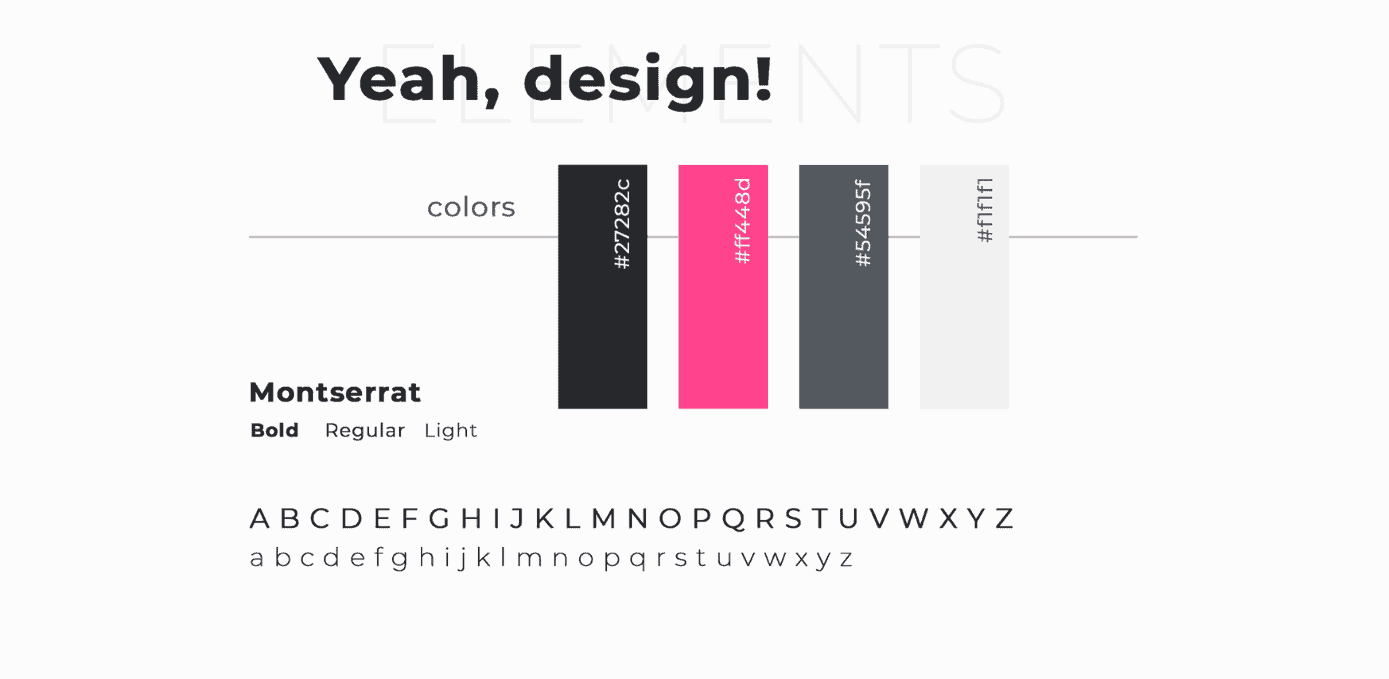
Design system
A design system is a comprehensive collection of design standards, principles, guidelines, and reusable components that are used to create cohesive and consistent user interfaces (UI) and user experiences (UX) across a range of products or digital platforms. It serves as a central resource that helps ensure consistency, efficiency, and scalability in design and development processes.
Key components of a design system typically include:
-
Design Principles: Clear and concise statements that outline the fundamental beliefs and values guiding the design decisions within the system.
-
Visual Style Guide: Defines the visual language of the brand or product, including typography, color palettes, iconography, spacing, and imagery guidelines.
-
UI Components: Predefined building blocks for common UI elements such as buttons, input fields, navigation bars, cards, modals, and more. These components are designed and coded in a reusable manner to facilitate consistency and efficiency in development.
-
Patterns and Templates: Established design patterns and layout templates for common user flows and page structures. These patterns help designers and developers maintain consistency and coherence across different parts of the product.
-
Accessibility Guidelines: Standards and best practices to ensure that the user interface is accessible to users with disabilities, including guidelines for keyboard navigation, screen reader compatibility, and color contrast.
-
Documentation and Guidelines: Comprehensive documentation that provides instructions, best practices, and usage guidelines for designers and developers working with the design system.
-
Code Snippets and Libraries: Pre-written code snippets, frameworks, or libraries that facilitate the implementation of design system components within the codebase of the product.
Design systems are widely used by organizations and teams working on large-scale or complex digital products, including websites, web applications, mobile apps, and other digital interfaces. By promoting consistency, efficiency, and collaboration, design systems help teams deliver better user experiences while reducing design and development overhead. They also serve as living entities that evolve over time in response to user feedback, design trends, and changes in technology.
« Terug